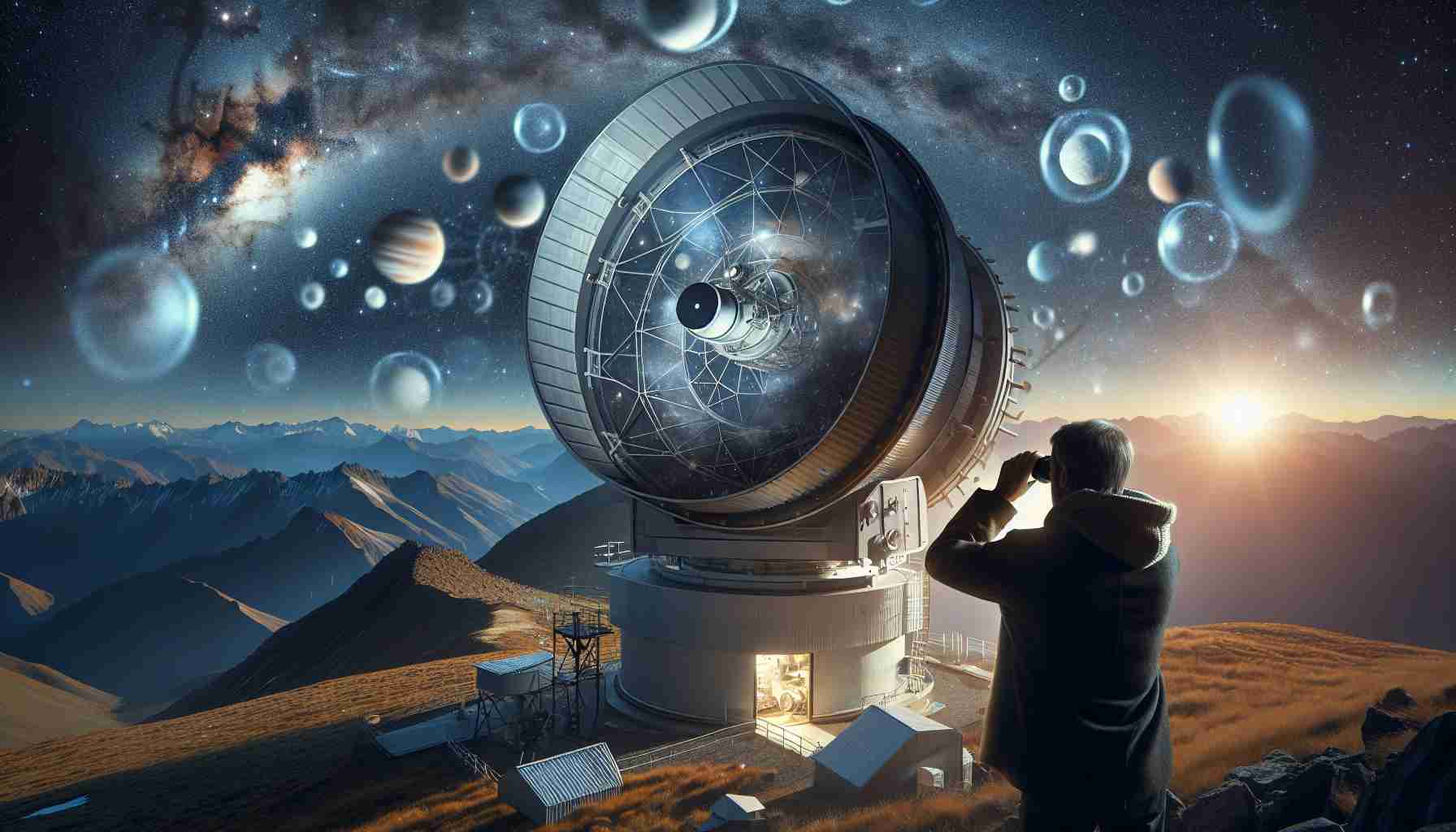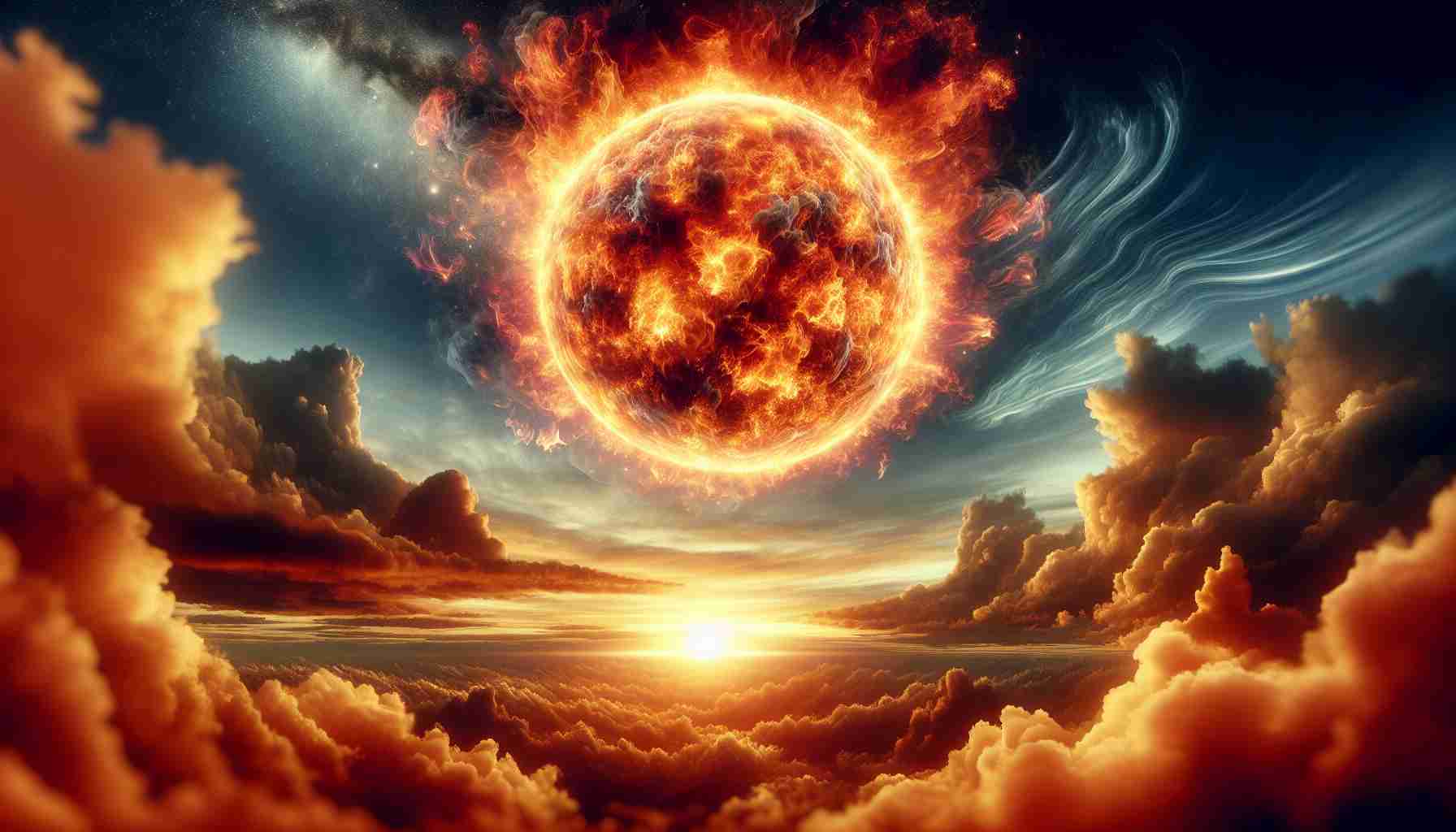Challenges of Pioneering Exoplanet Photography
Exploring the uncharted territory of exoplanets through direct surveys poses unique challenges that could redefine our understanding of habitable worlds and the origins of celestial formations.
An illustrative glimpse into this endeavor is a captivating snapshot of the star system HD 129116, taken by the VLT telescope. It showcases the complexity and beauty of distant planetary systems.
Embarking on the quest to capture direct images of exoplanets has been a formidable task, with only around 80 extraterrestrial worlds successfully imaged to date. Despite the high expectations pinned on the next generation of telescopes, the hurdles remain substantial.
The intricate nature of capturing exoplanets in their entirety, resembling mere points of light rather than detailed portraits like our neighboring planets, highlights the complexity of this astronomical endeavor.
In a groundbreaking training exercise, American researchers utilized the Hubble Space Telescope and the New Horizons probe to mimic the challenges of imaging Uranus as if it were an exoplanet.
The cosmic dance between these instruments revealed striking observations. While the New Horizons probe, positioned billions of kilometers away, captured a distant and dim view of Uranus’ twilight crescent, the Hubble telescope offered a closer look at the planet’s atmospheric dynamics and storm patterns.
Comparing the contrasting data sets shed light on the nuanced behavior of Uranus in different illumination phases, enhancing our capacity to interpret future observations from upcoming observatories like the Roman telescope, slated for a 2027 launch.
With cutting-edge technologies on the horizon, such as the coronagraph-equipped Roman telescope and the visionary HWO telescope, the possibilities of unveiling the secrets of exoplanets and potentially detecting signs of life beyond our solar system appear within our reach.
Delving further into the challenges of pioneering exoplanet photography unveils a myriad of questions that drive the pursuit of unveiling distant worlds beyond our solar system:
1. How do scientists distinguish exoplanets from the glare of their host stars?
Answer: One method involves using specialized instruments like coronagraphs to block out the overwhelming brightness of stars and reveal the faint light emitted by orbiting planets.
2. What are the key technical obstacles hindering the direct imaging of exoplanets?
Answer: Challenges include minimizing light pollution, enhancing image resolution, and developing advanced image processing techniques to separate planet signals from background noise effectively.
3. How can scientists confirm the habitability of exoplanets through photography?
Answer: Analyzing the composition of exoplanet atmospheres and surfaces can provide crucial insights into their potential to support life, though this remains a complex task requiring innovative observational methods.
Advantages and Disadvantages:
Advantages: Direct imaging of exoplanets can offer invaluable data on their physical characteristics, atmospheres, and potential habitability, paving the way for profound discoveries in planetary science. It provides a tangible glimpse into the diversity of planetary systems beyond our own.
Disadvantages: The intricate processes involved in capturing exoplanet images demand cutting-edge technology, substantial resources, and a high level of precision. Additionally, the vast distances and faint signals from exoplanets pose significant challenges in obtaining clear and detailed images.
Suggested Related Links:
NASA
European Space Agency
Jet Propulsion Laboratory













